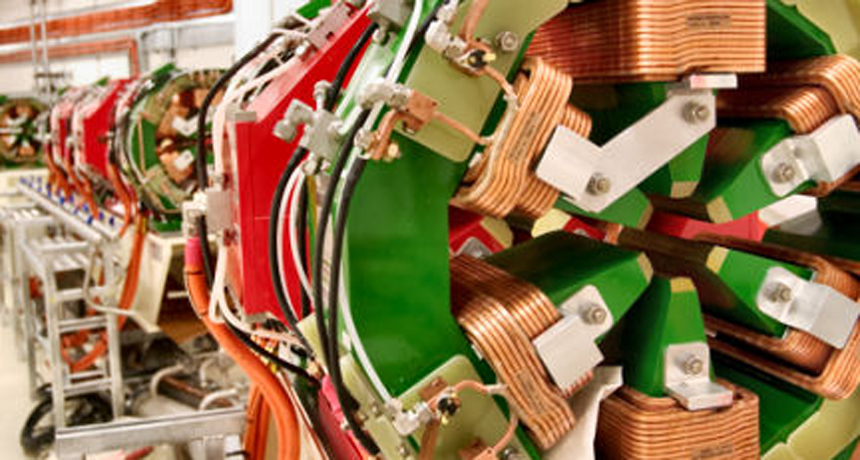atomic Having to do with an atom, the smallest intact quantity of any element.
electron A negatively charged subatomic particle. One or more electrons normally orbit the nucleus of every intact atom. Bigger atoms have more electrons. In an intact atom, the number of electrons will match that of the positively charged protons in the nucleus.
nucleus (in physics) The large, dense core of any atom. It is populated by one or more positively charged protons and uncharged neutrons.
perpendicular A line that meets or intersects something, forming a 90-degree angle, also known as a right angle.
radiation The emission of energy as electromagnetic waves or as moving subatomic particles.








